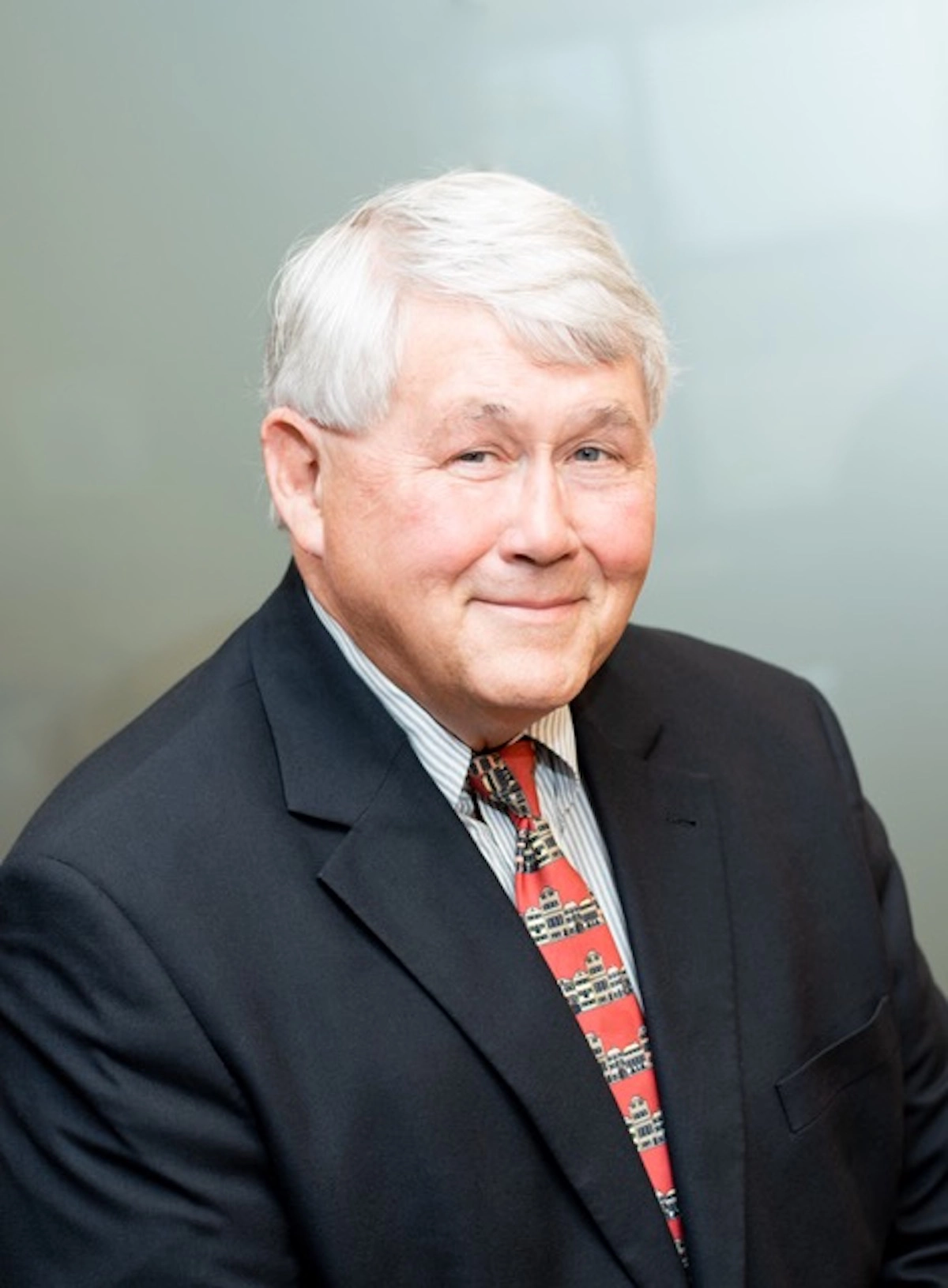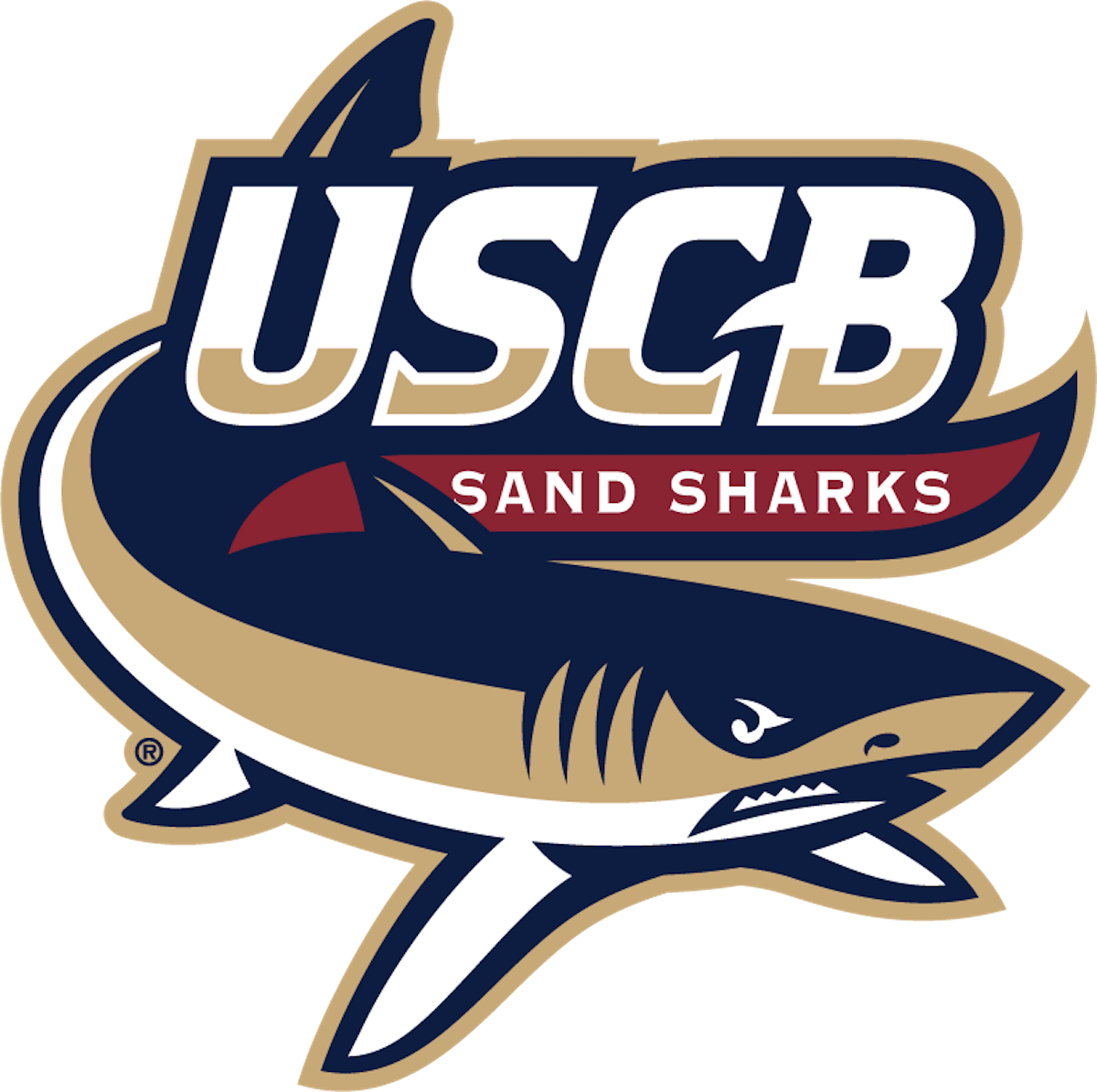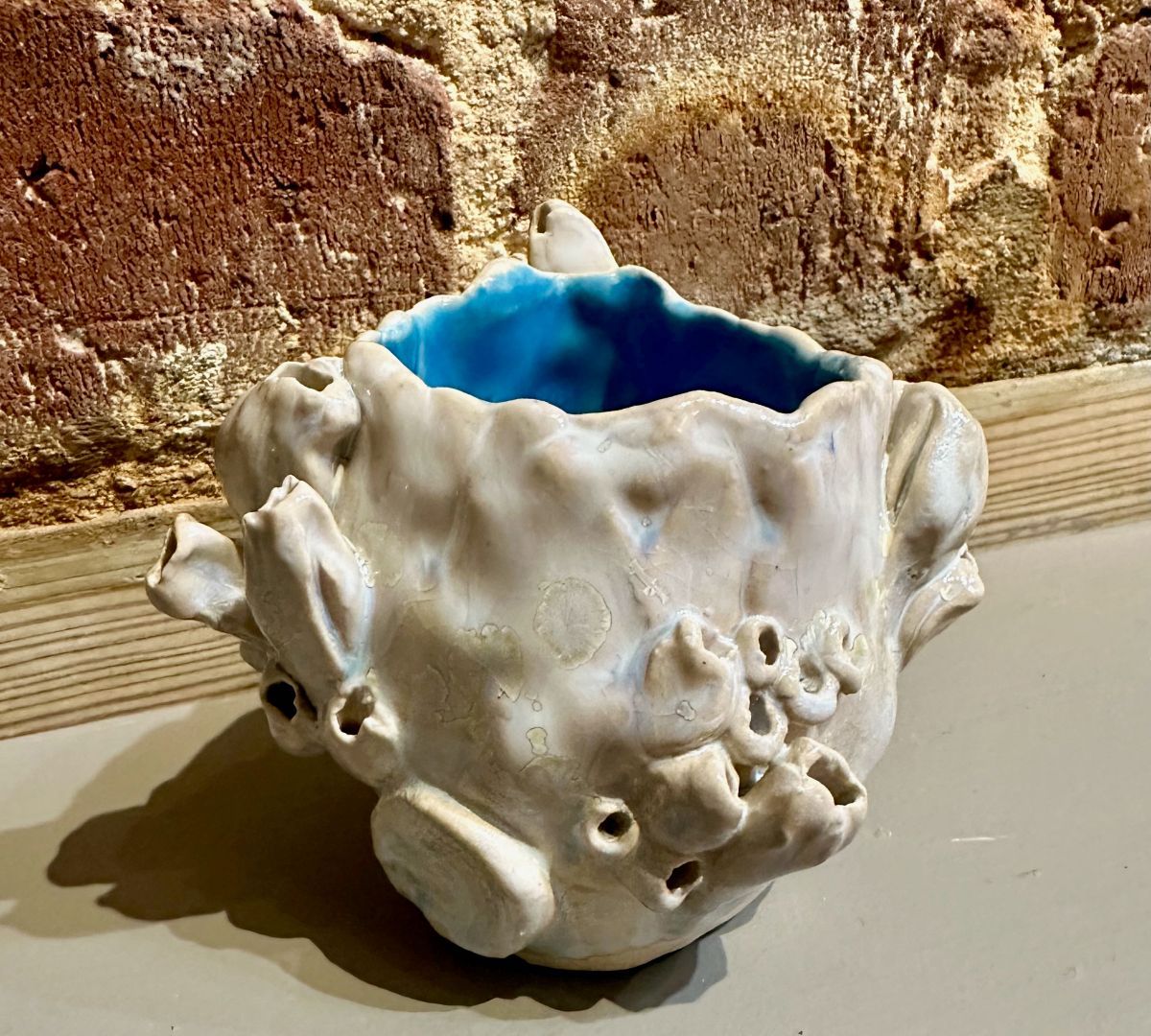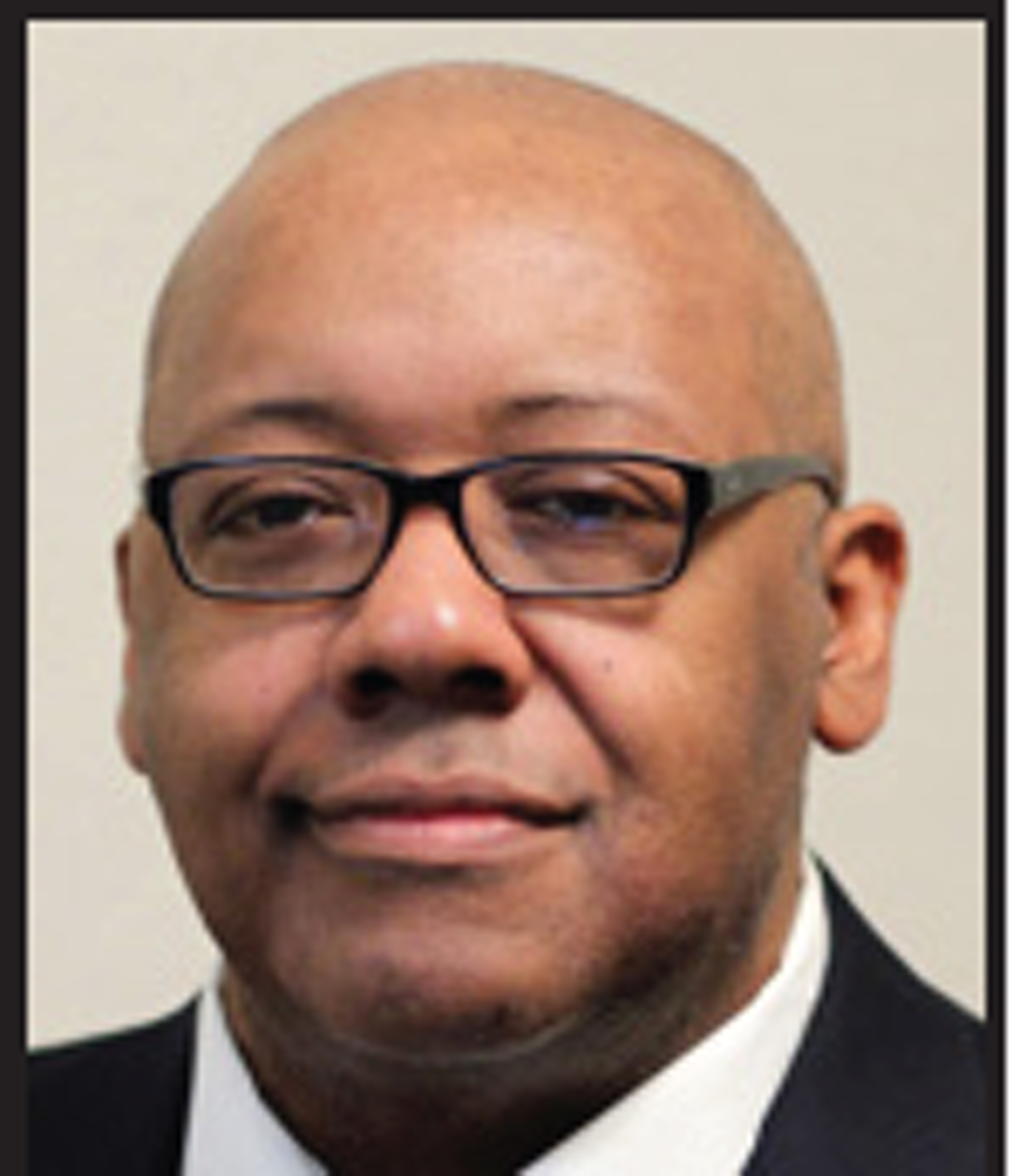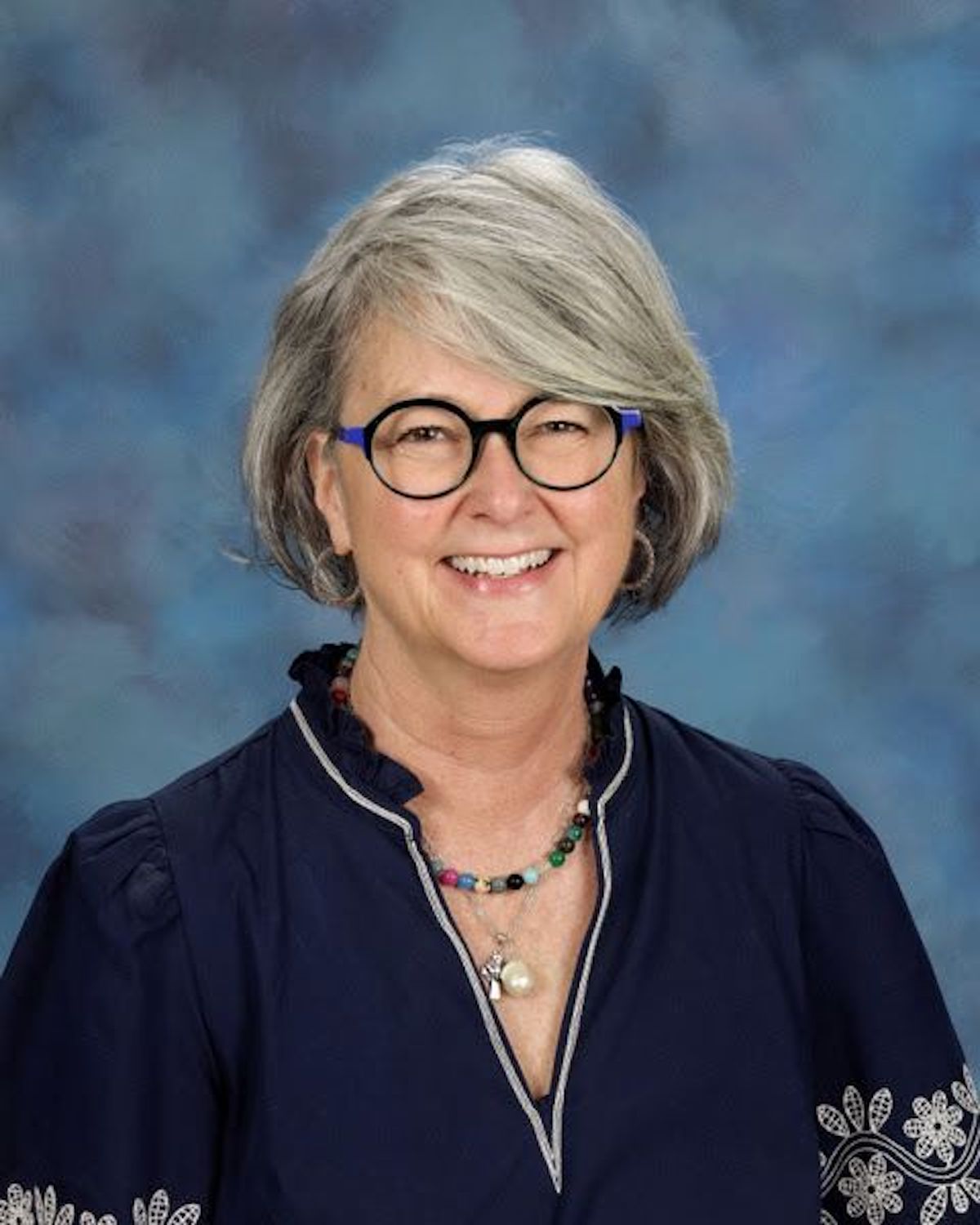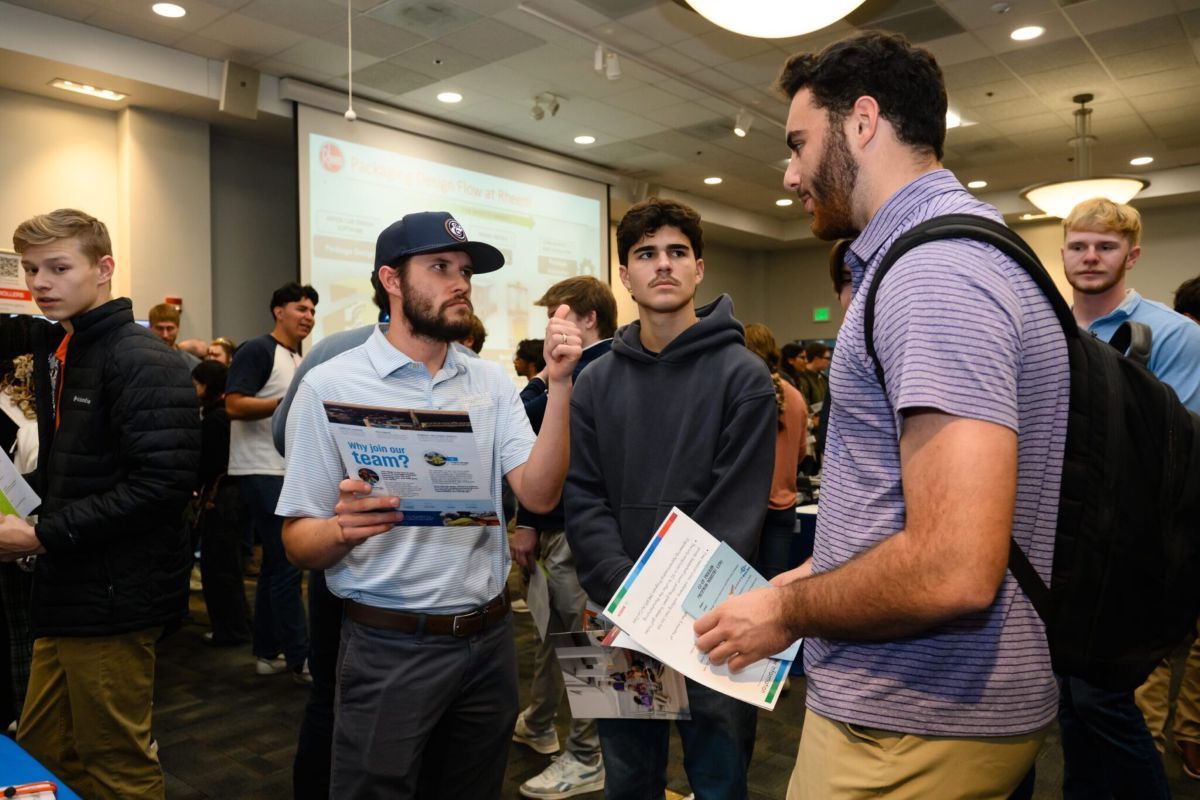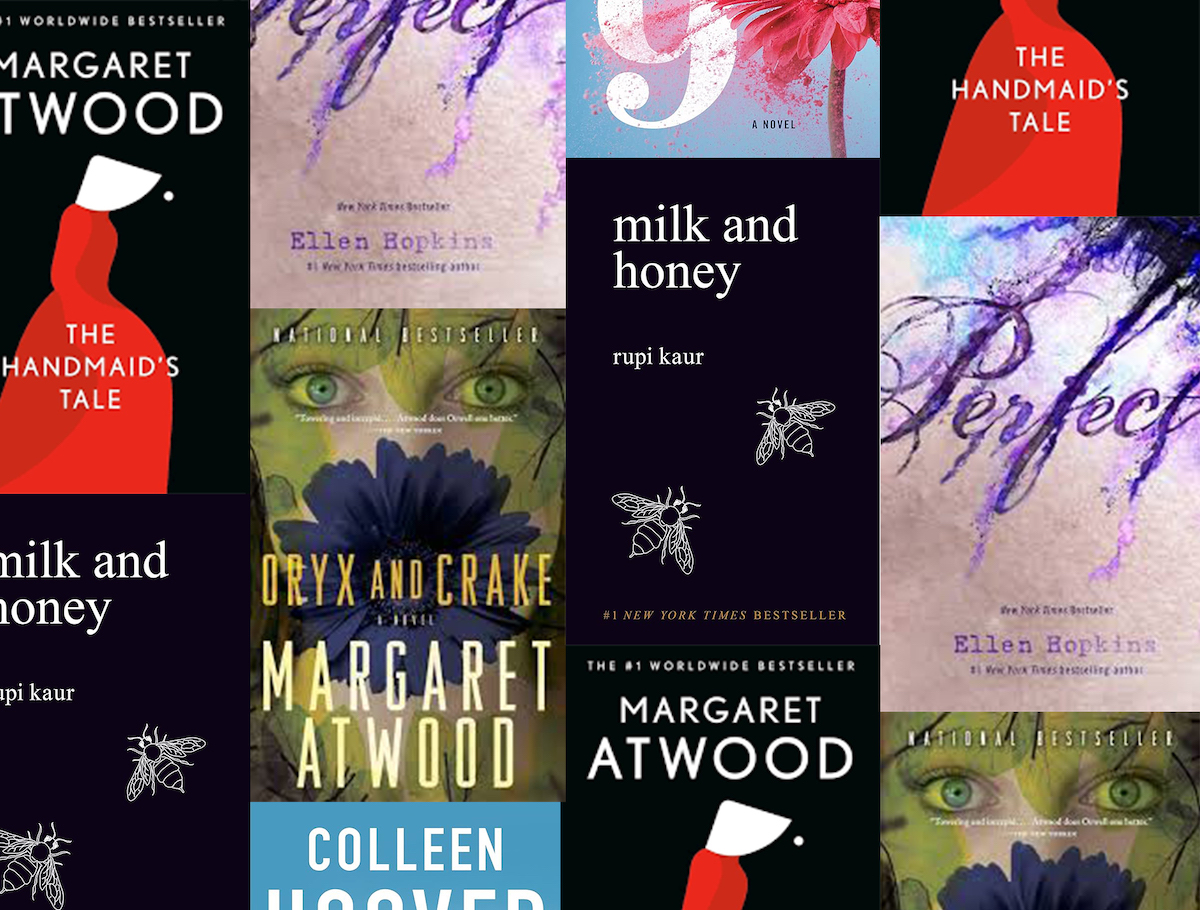By Dick Stewart
Just over 20 years ago, nearly 400 people met on the USCB Campus in Beaufort and agreed that we needed a four-year-degree-granting University in our area.
A volunteer “Citizens for a 4-year College” group organized that meeting in partnership with The Beaufort Regional Chamber of Commerce and Main Street Beaufort. The leaders on the panel were from MCAS, Naval Hospital Beaufort, Marine Corps Recruit Depot Paris Island, Beaufort Memorial Hospital, Beaufort County School District, as well as elected leaders from the City, County, and our state delegation.
What we learned was that our quality of life, our economic prosperity, our ability to recruit health care professionals, our ability to help our military personnel and families achieve their goals while our military bases achieved their missions all would be improved if USCB became a 4-year-degree-granting university. This year USCB is celebrating its 20th year as a 4-year-degree-granting university.
USCB is more than you imagine. Now it’s time to look at the next 20 years.
The USCB Educational Foundation is holding a forum on October 16 to look at the next 20 years. You will hear USCB scientists and researchers. You will hear from local and state elected leaders. The remarkable programs on Pritchard’s Island will be described.
Also, you will learn about the unique opportunity for USCB to be an Innovation Center in the study of our waterways. Come to the forum, make your views known. Also, follow the Carolina Bight Facebook page to see information you can use.
How are our waterways different? The Carolina Bight refers to the area that includes the Calibogue Sound and the Port Royal Sound plus eight rivers. Those rivers are the Beaufort, Broad, Chechessee, Colleton, May, Pocataligo, Tulifiny and Whale Branch rivers.
The waterways in the Carolina Bight share common characteristics that are different than other waterways in our state and country. These differences include elevated levels of salinity, high tidal amplitude, relatively clean, and abundant populations of fish, plants, birds, shrimp, oysters, and mammals.
With more than 200,000 acres of salt marsh protecting our shorelines from storms and erosion, the Carolina Bight waterways are critical to our quality of life. South Carolina has more salt marsh than any state on the east coast. The Carolina Bight contains over 53% of that salt marsh. A whopping 200,000 acres.
That’s 8.7 times the size of Hilton Head Island. Each acre of salt marsh absorbs one ton of carbon each year. That’s 4 million pounds of carbon that’s not in the atmosphere.
More research is needed. The Carolina Bight is a unique laboratory for research and learning, just as Pritchard’s Island provides a unique opportunity for research on an unspoiled coastal island. USCB, our University, is perfectly positioned with the Beaufort campus on the water.
We know from our shell rings that humans have lived on these waters for thousands of years before Europeans arrived. We know the distinct Gullah culture is shaped by roots in Africa and the waters of The Carolina Bight.
Our culture today includes fishing trips, oyster roasts, and Lowcountry boils as favorite events. I encourage you to take time to sit quietly at the edge of a salt marsh, under one of our majestic live oaks and just listen as the water rises and falls. Put your device to the side for a time. When I do this, it is not an intellectual experience, it is akin to a spiritual experience.
I hope you feel the same sense that this place, this meeting of tides, land, salt water, and the marsh is a
special place that nurtures life unlike any other. A place that deserves study and protection.
USCB as our University is perfectly positioned to be an umbrella to bring together all parties and produce enhanced results. Splendid work is being done by existing institutions including USCB, the Coastal Discovery Museum, Hunting Island State Park (SCPRT), Nemours Wildlife Foundation, Pinckney Island National Wildlife Refuge (U.S. Fish and Game Service), the Port Royal Sound Foundation, St. Philips Island (SCPRT), Waddell Mariculture Center (SCDNR), Pritchards Island Research and Living Shorelines (PIRLs), and Beaufort County parks such as Widgeon Point and Crystal Lake. A USCB Innovation Center focused on the interdisciplinary study of the waters of the Carolina Bight should be a program for the next 20 years and beyond.
If you participated in the forum 20 years ago that led to USCB becoming a 4-year university, please come again. USCB is our University and we at the USCB Education Foundation want to hear from you. Please learn and share your thoughts with our local leaders and scientists.
Want to go?
When: 5:30 to 7 p.m., Wednesday, Oct. 16
Where: USCB Center for the Fine Arts, 805 Carteret Street, Beaufort
Dick Stewart is Vice Chair of the USCB Education Foundation. He received an honorary doctorate in Community Service from USCB earlier this year.

